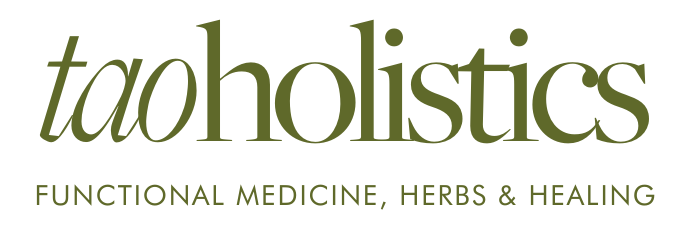How to Spot a Vitamin E Deficiency
VITAMIN E PLAYS SOME MAJOR ROLES IN THE BODY, WITH ITS USE AS AN ANTIOXIDANT TO TREAT HEART DISEASE, CANCER, STROKE AND NEURODEGENERATIVE DISEASE.
Studies have shown that Vitamin E can actually correct heart disease and gradually melt away plaque. Ask yourself, "If it can protect against these things, then can it correct them?"
Vitamin E supplementation is useful in treating other cardiovascular diseases, diabetes, fibrocystic breast disease, menopause symptoms and tardive dyskinesia. It is also showing promising use for Parkinson’s Disease and arthritis (I have a go-to protocol for arthritis - if this affects you, let's chat). Vitamin E is important to immune function, protecting thymic function and white blood cells from oxidative stress. Did you know your thymus shrinks with age?
HOW TO SPOT A VITAMIN E DEFICIENCY
Typical symptoms of a vitamin E deficiency include:
nerve damage
muscle weakness
poor coordination
involuntary eye movements (may also be a sign of magnesium deficiency)
red blood cell fragility
anemia
retrolental fibroplasia (eye disease)
HOW TO TAKE VITAMIN E
I like to take softgels (I actually chew them), at around 800 IU (International Units) per day. This is a great dose for maintenance or for just beginning a therapeutic protocol - many chronic conditions will require more (our current Recommended Daily Allowance (RDA) that you see on labels is ridiculously low, but most of us have been trained to accept it without doing further research).
Do you take vitamin E? Do you think you are taking an optimal amount? If you’d like to shop professional, trusted brands, visit our online supplement dispensary here, powered by Fullscript.
Reference:
Hoffer, A. and Saul, A. (2008). Orthomolecular Medicine for Everyone. Basic Health Publications, Inc.

